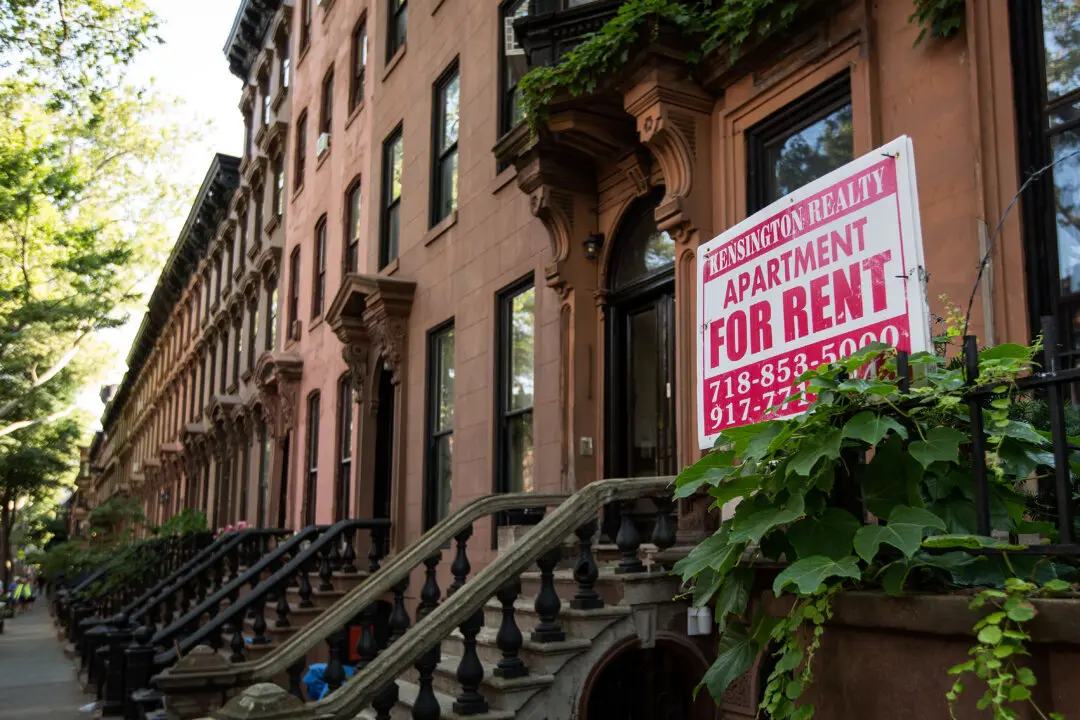The United States is short of more than 5 million homes, driven by increased housing demand across the country and a lack of materials and workers in the construction industry, according to new research from Realtor.com.
Data released on Sept. 9 show that the United States is short of 5.24 million homes, an increase of 1.4 million from the 2019 gap of 3.84 million, as per the U.S. Census.





